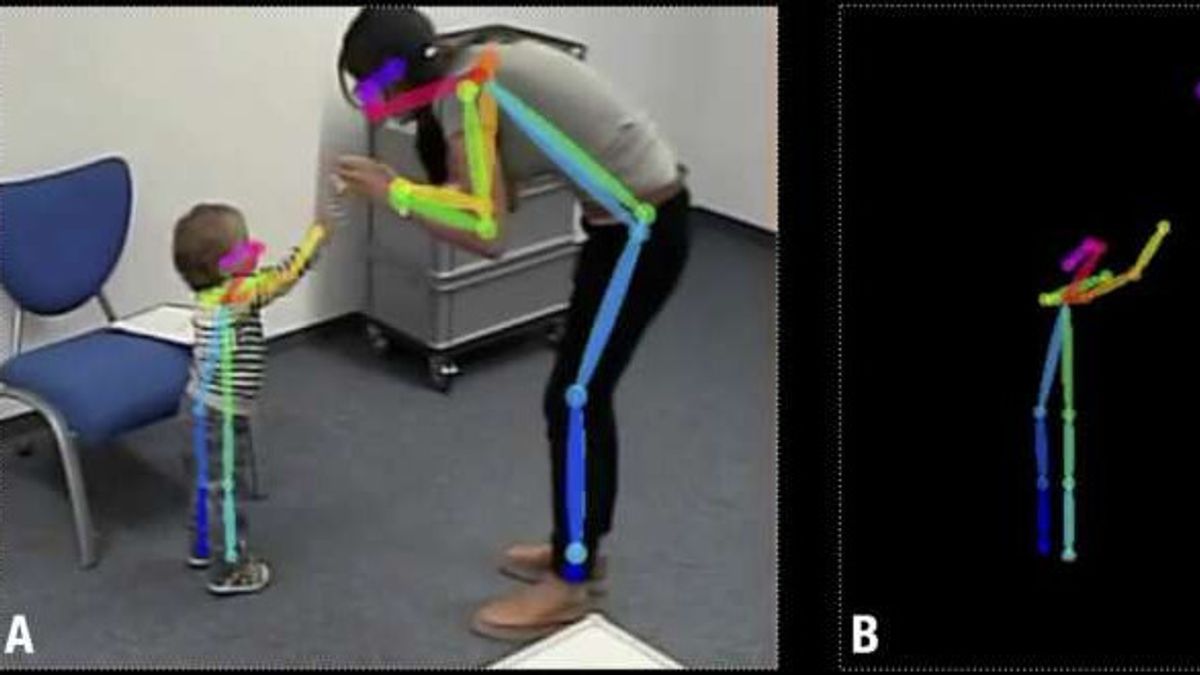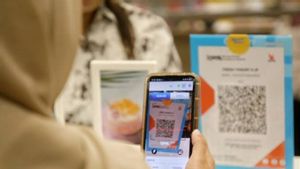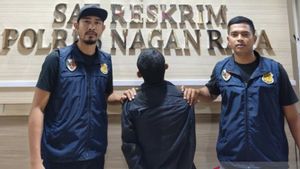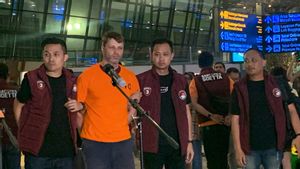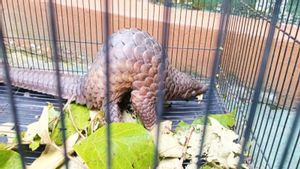JAKARTA - Individuals affected by autism spectrum disorders often experience communication problems and difficulties in social interaction. Although very common, this disorder is difficult to diagnose before the child is five years old. However, early treatment can offset this difficulty by providing specific behavioral interventions that focus on developing skills affected by autism.
This is why an interdisciplinary team at the University of Geneva (UNIGE), Switzerland, has developed an artificial intelligence (AI) algorithm based on automated video analysis, making it possible to study children's non-verbal communication anonymously and standardly.
Claimed to be easy to use, this technology correctly classifies 80% of cases from short videos showing children with or without autism under 5 years old playing with adults. These results, which will be found in the journal Scientific Reports, could pave the way for tools for early detection of autistic disorder.
Autism Spectrum Disorder affects one in 54 children and is characterized by difficulty in social interactions, altered communication skills, and by the presence of repetitive behaviors and restricted interests. As a result, children with autism often have difficulty following the standard school curriculum.
"However, if the diagnosis is made before 3 years of age, it is often possible to make up for this developmental delay. Specific behavioral interventions may actually change their skill acquisition trajectory and allow them to integrate into public school," notes Marie Schaer, professor in the Department of Psychiatry at UNIGE School of Medicine and senior author of the study.
Therefore, the challenge lies in early diagnosis, as autism is often diagnosed late, after the age of 3 years.
Using automated video analysis
Autism is characterized by non-verbal communication that is different from a normally developing child. "It differed in several ways, such as difficulty establishing eye contact, smiling, pointing to objects or the way they were attracted to what was around them," said Nada Kojovic, a researcher on Marie Schaer's team and first author of the study.
"This is why we designed an algorithm using artificial intelligence that analyzes the movements of children in videos and identifies whether they are characteristic of autism spectrum disorders or not," Kojovic added.
Over three years, scientists, supported by the Swiss National Center of Competence in Research (NCCR) Synapsy, developed this algorithm, which aims to classify videos based solely on the child's movements while interacting with other people.
To do this, they first used a technology called OpenPose, which was developed at Carnegie Mellon University. This computer vision technology extracts the skeleton of a moving person as captured on video and enables analysis of movement by removing all distinguishing characteristics (age, gender, setting, etc.), preserving only the relationship of the skeleton in space and time.
The UNIGE research team then developed their AI algorithm designed to detect autism and tested it on 68 normally developing children and 68 autistic children, all under the age of five.
"We divided each group into two: the first 34 groups in each group 'trained' our AI to distinguish the non-verbal behavior of children with and without autism. The other then helped us test its accuracy. We also performed assessments on 101 groups of children with autism. another child," explains Thomas Maillart, a researcher at the Institute of Information Science and a faculty member at the Geneva School of Economics and Management (GSEM) and the University Center for Informatics (CUI) at UNIGE.
AI filters videos of kids playing freely with adults. "There is no predefined scenario. It's a matter of freely analyzing children's non-verbal behavior, while providing them with a variety of objects that make it possible to determine the presence or absence of autistic disorder," says Nada Kojovic.
The results showed that AI made an accurate classification of autism in more than 80% of cases. “This is a great result,” said Marie Schaer enthusiastically. “Within 10 minutes, we were indeed able to have the first inspection accessible to anyone, no matter where they live.”
This will allow parents who are concerned about their children to get an early automatic assessment of autism symptoms.
"This is of course not perfect, but it can be the first step that must be confirmed in consultation with specialists," said Kojovic.
Studies also show that it often takes more than a year between a parent's first concern and their referral to a specialized consultation.
In addition, this automated video analysis offers complete anonymity. "This is invaluable, not only for the exchange of videos between specialists to correct the diagnosis, but also for training students," the Geneva researcher continued.
It should be noted that this technology does not require direct intervention in the child. "Installation of motion sensors is time-consuming and sensitive; it can also be distracting to children and affect outcomes. Here, a non-invasive computer vision-based analysis," says Nada Kojovic.
In addition, since it does not require any special settings, the algorithm can be used to analyze videos recorded in the past, an obvious advantage for research purposes.
The goal of the multidisciplinary team now is to make this AI available to everyone. "We now want to develop applications that allow such analysis with just 10 minutes of video recorded on a smartphone," concluded Thomas Maillart.
The English, Chinese, Japanese, Arabic, and French versions are automatically generated by the AI. So there may still be inaccuracies in translating, please always see Indonesian as our main language. (system supported by DigitalSiber.id)
